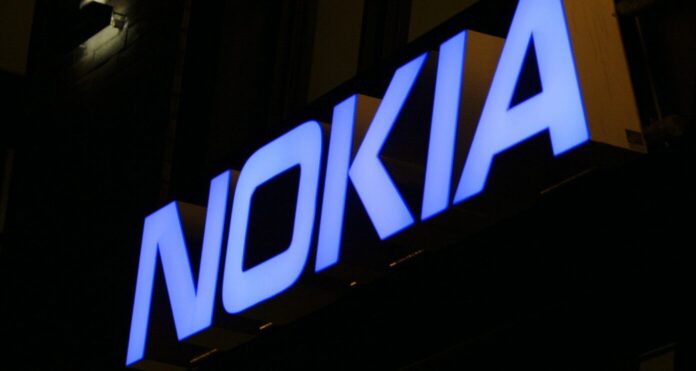Nokia CTO and Bell Labs President Marcus Weldon discusses the network of the future
PHILADELPHIA–In a part keynote address, part physics lecture at the SCTE/IBSE Cable Tec Expo, Marcus Weldon of Nokia Bell Labs discussed how future networks will need to be highly distributed to keep up with both bandwidth and latency demands of emerging tech including augmented reality (AR) and virtual reality (VR).
Distributed access architecture with highly scalable cloud computing, Weldon said, will help address the latency requirements AR/VR will bring by essentially pushing network infrastructure closer and closer to the end user.
“One fo the reasons we’re excited about the future is we think the future is nothing like today,” he said. “We’re going to build a new network architecture. The point of the future is still about entertaining people, but it’s equally about changing our world by instrumenting everything. You can automate all mundane tasks. Fundamentally…it’s to create time. My first task is to create time.”
Weldon continued: “Local is going to become more important…which is power to the cable industry, power to the local providers. Local is where the power will be in the future. The trick is to federate…to look pseudo-global.”
Speaking about latency requirements needed for AR and VR, Weldon pointed to the vestibular ocular reflex, which is an automatic movement of the eye in response to a stimulus–the point is, it happens very quickly, so networks need to be able to support the ultra-low-latency that could make or break future applications of AR and VR.
“You see,” he said, “humans are only good at things around 100 milliseconds. So we built networks that were good 100 milliseconds. What it is is your eyes auto-track in the opposite direction when you move your head. That, actually, the brain does in seven milliseconds.” That’s the problem with AR and VR making you sick. “It’s something we can’t change unless we reengineer human brains. You’re going to have to essentially build networks that are AR/VR services that are 100 kilometers away,” from the end user. “You can’t rely on the cloud.”

